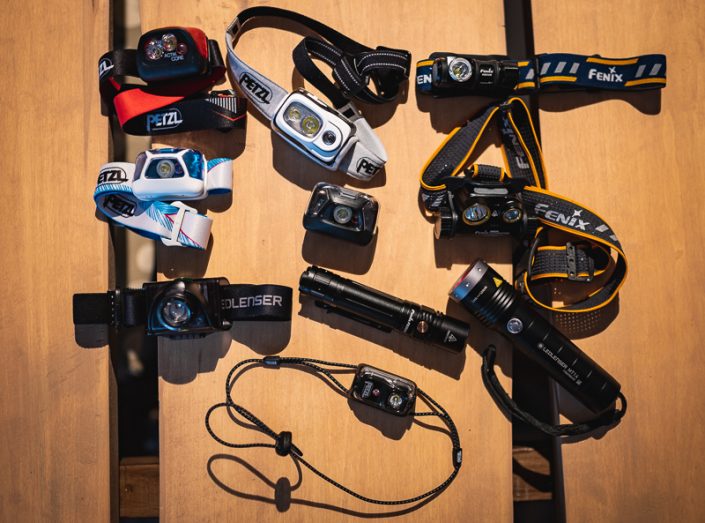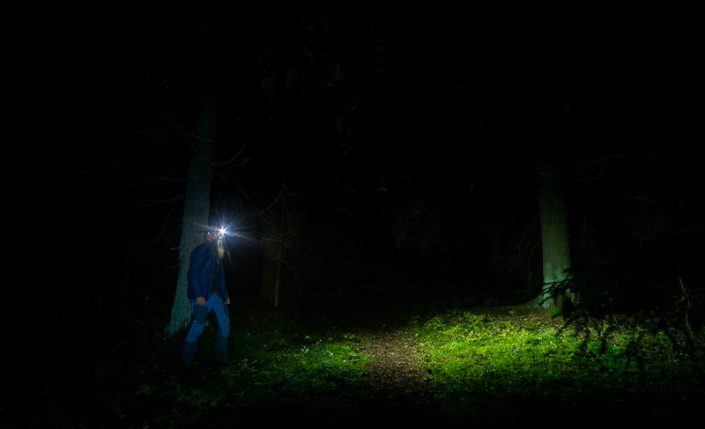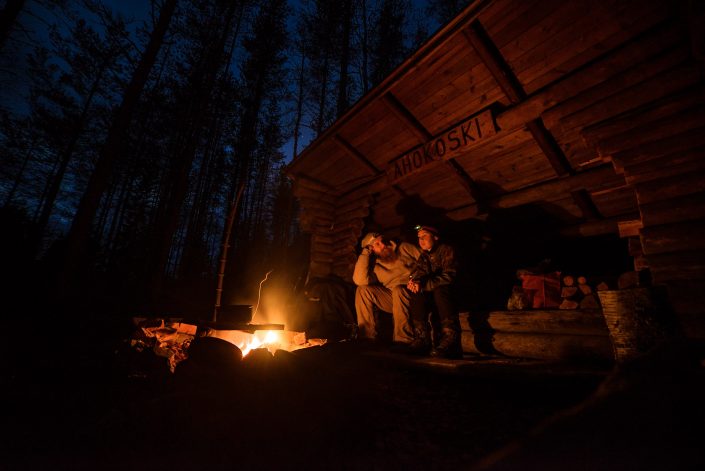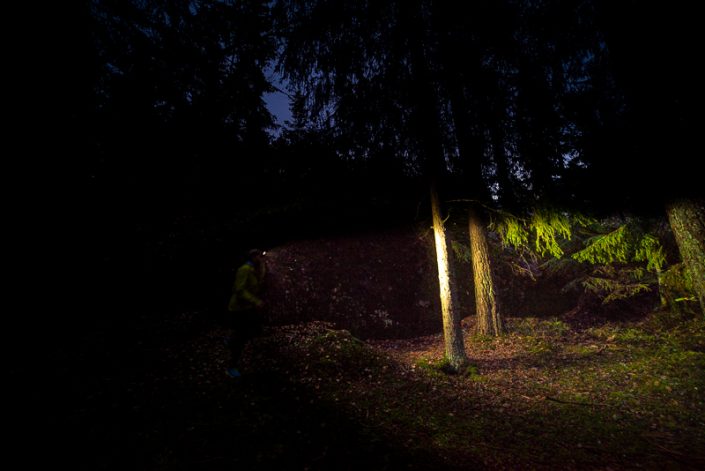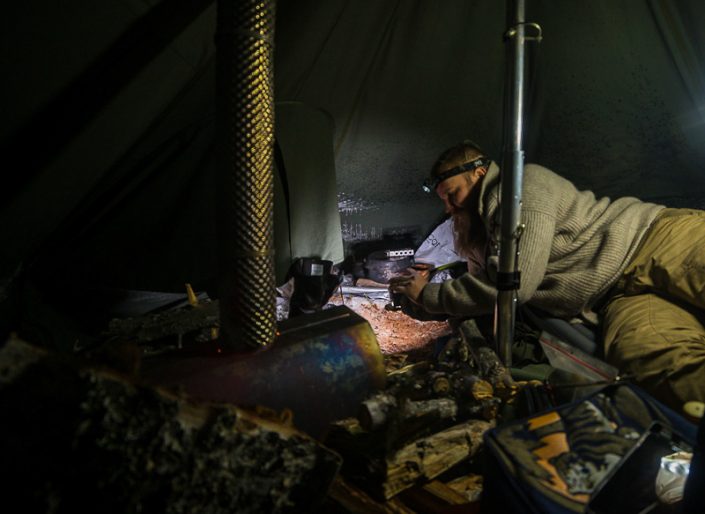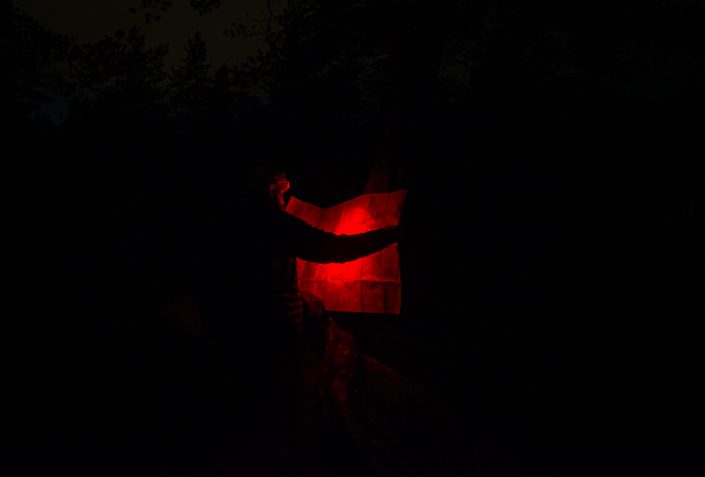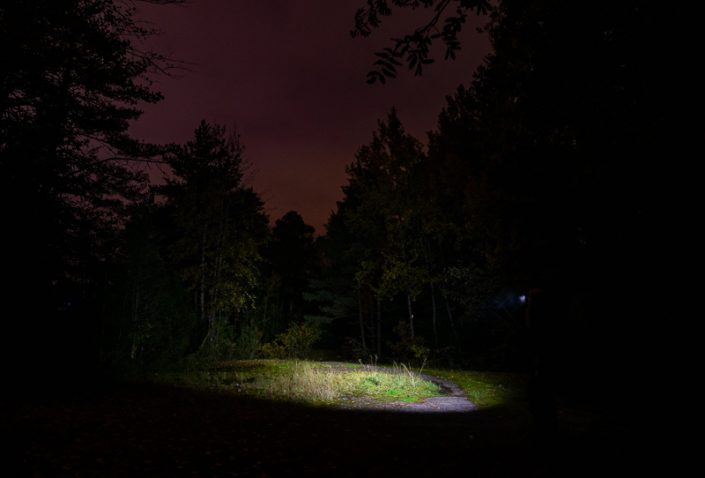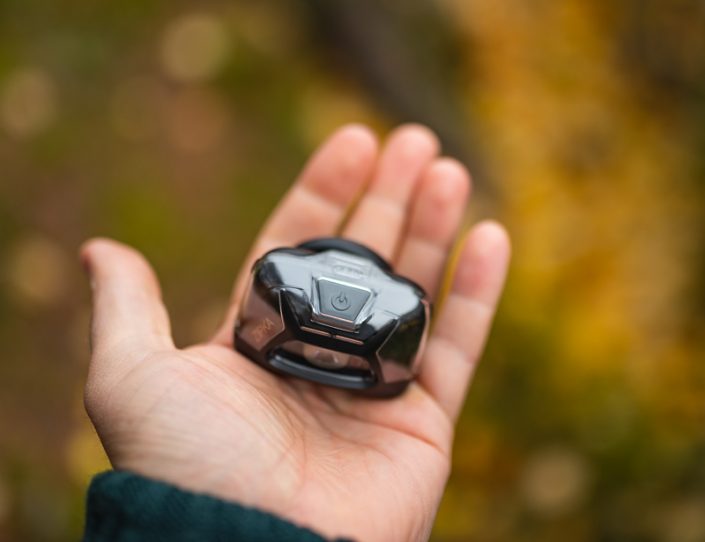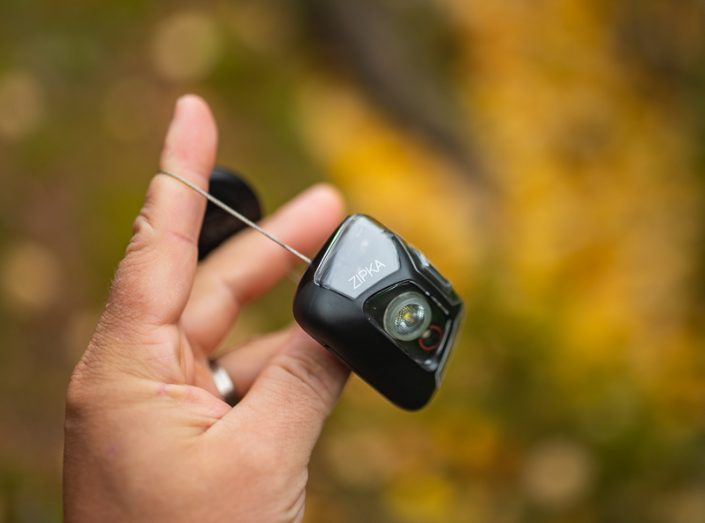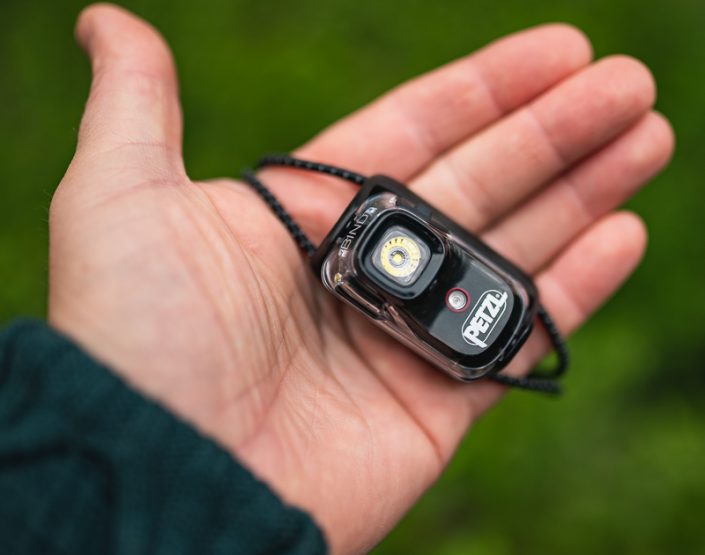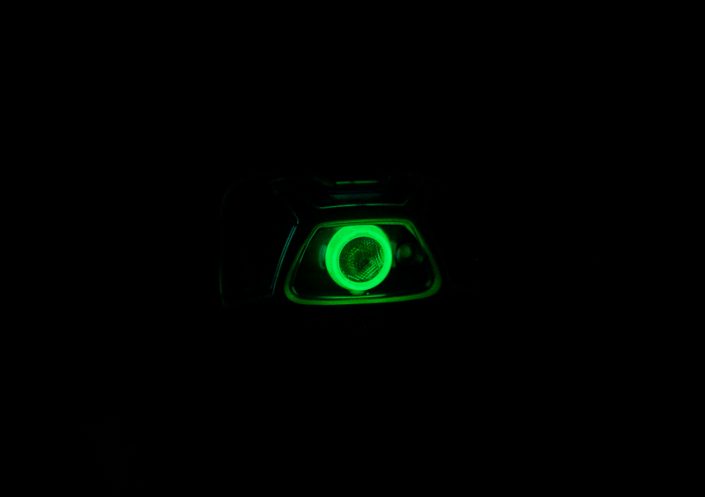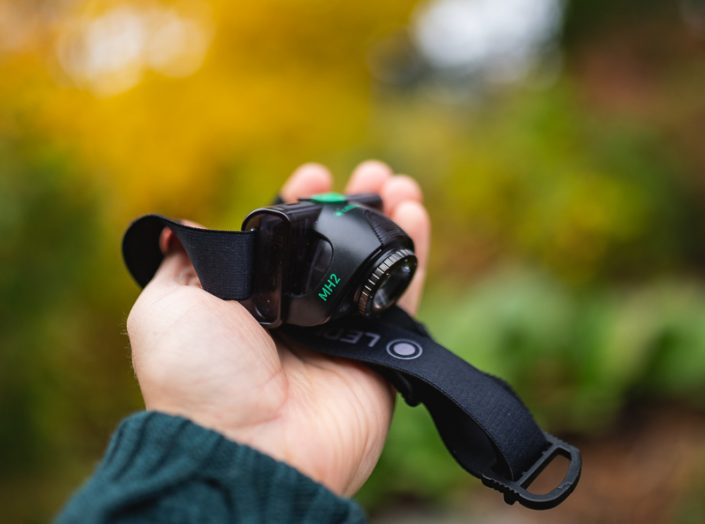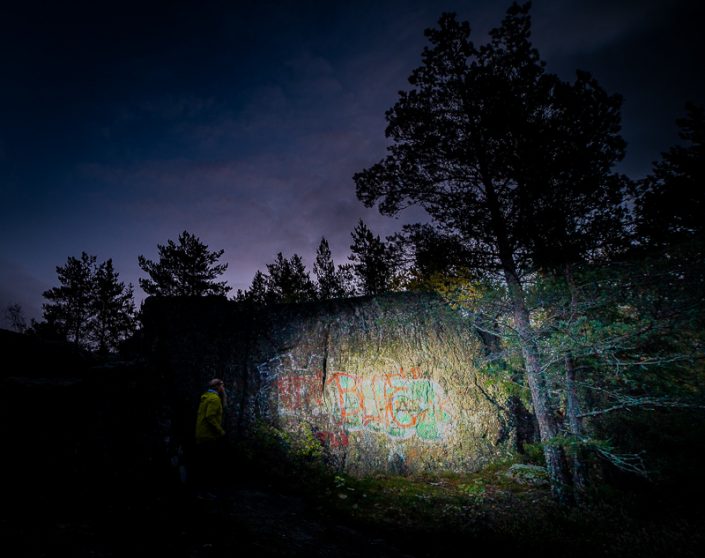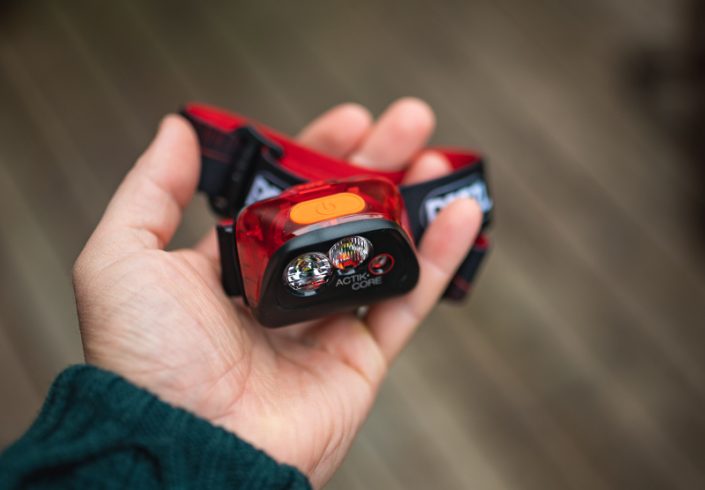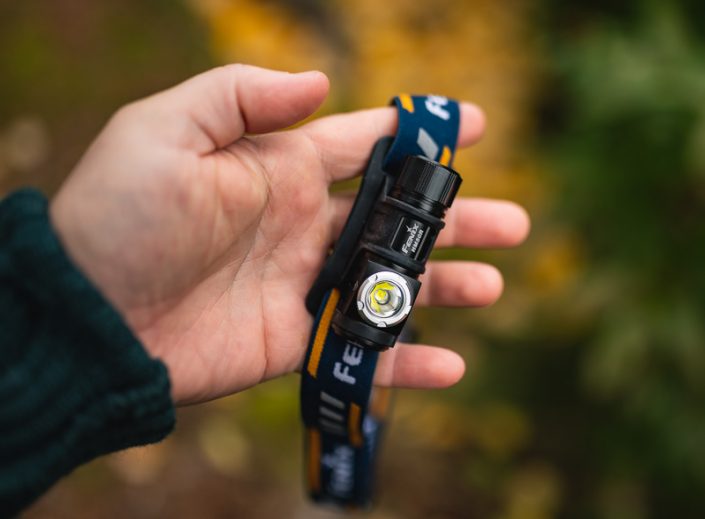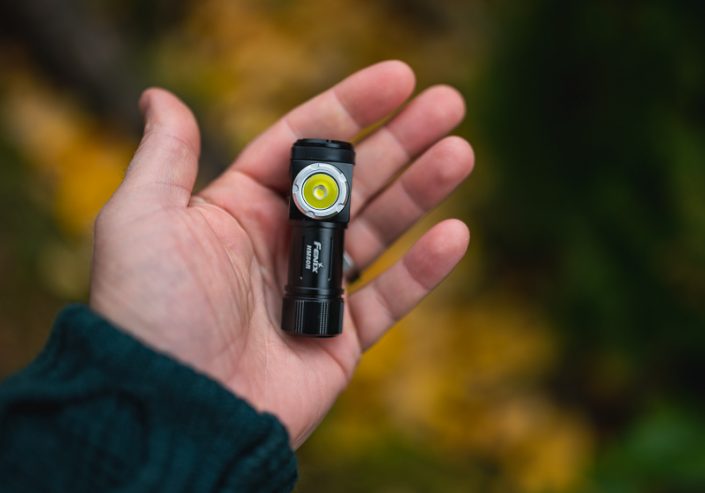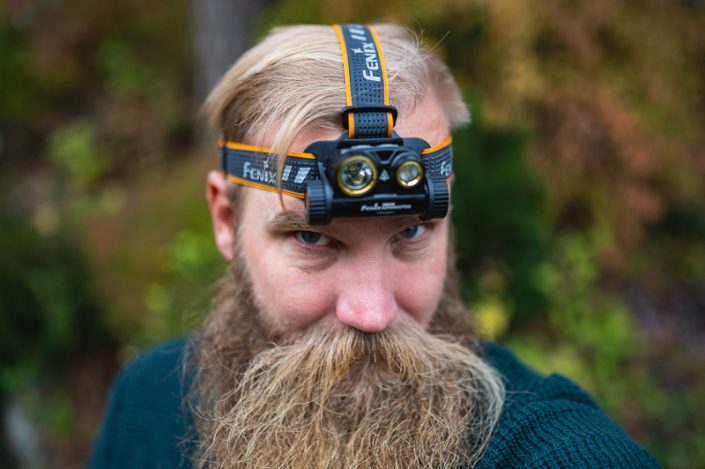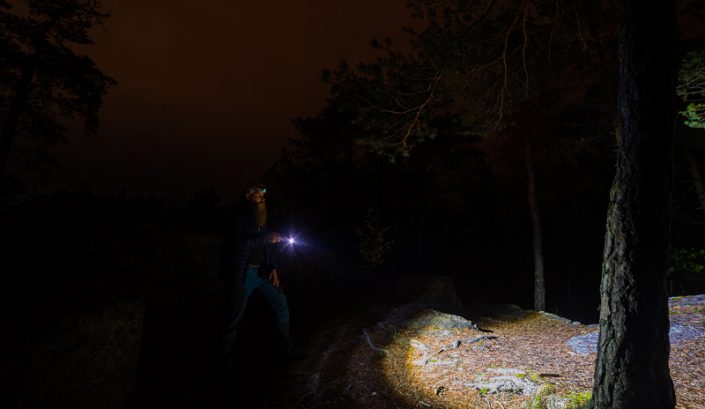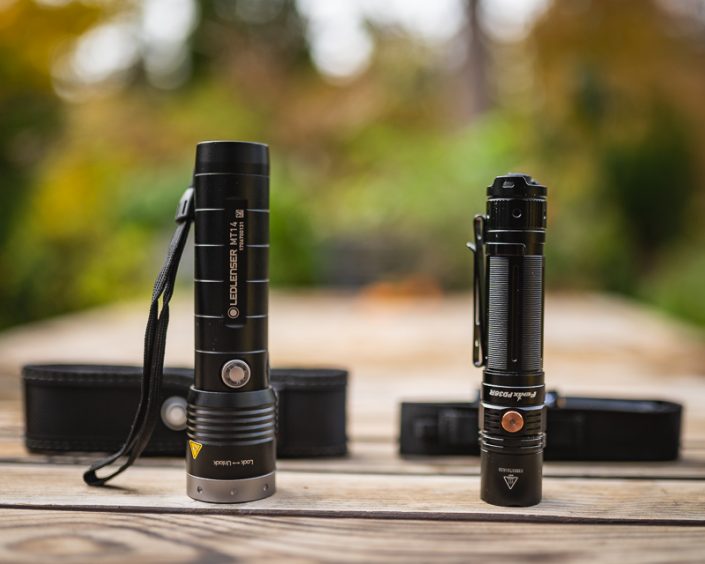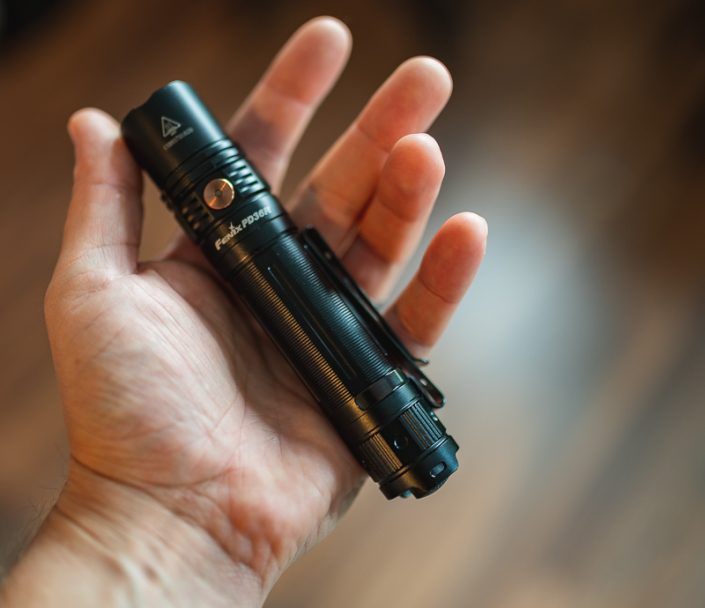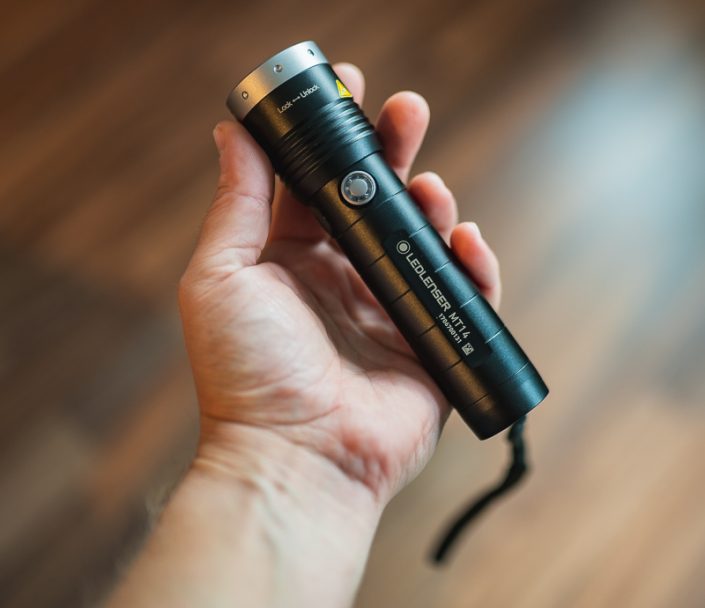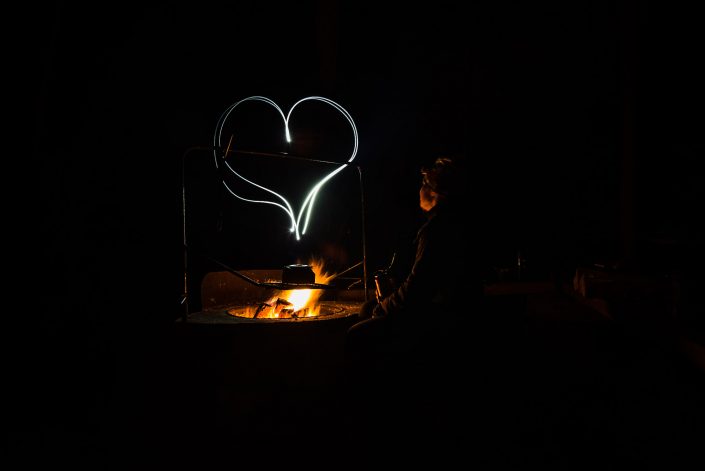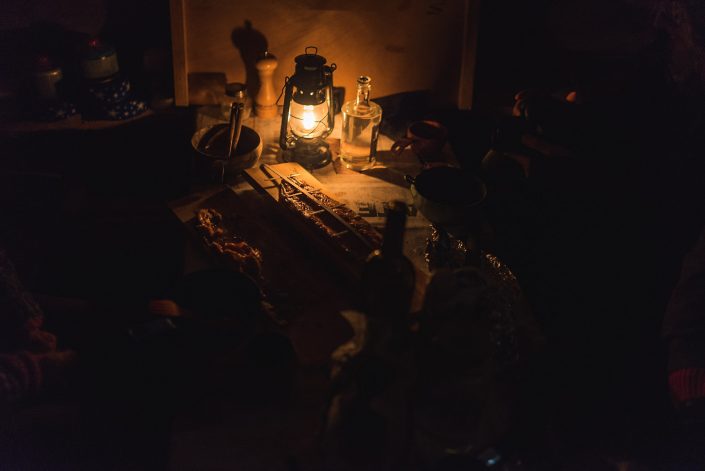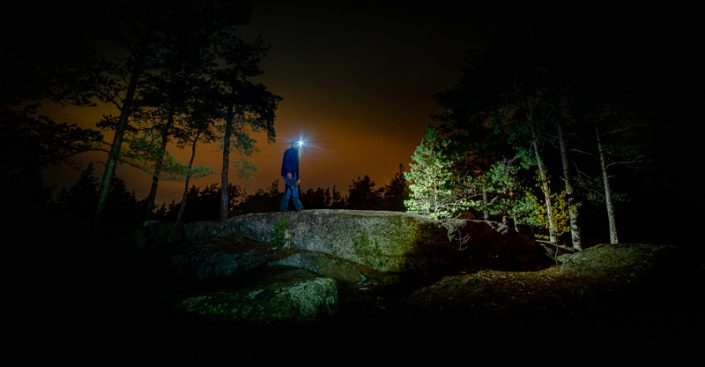

How to choose a headlamp
Dark autumn evenings are no excuse to stay inside laying on the couch. Light emitting diodes, also known as LEDs, will come to the rescue when sunshine no longer illuminates your trail!
Headlamps – or, to be precise, LED technology, are getting better fast. A modern headlamp is already bright, efficient, and light, making it comfortable to wear on your head. The idea behind the headlamp is to free you hands to do things without holding a flashlight. There are myriads of various headlamps out there, and their prices vary from a dozen to many hundreds of euros. So which headlamp is worth purchasing?
We visited the Kuninkoja store to ask for advice about choosing the right headlamp. Our outdoor expert Pekka showed us a large variety of headlamps (the so called basic headlamps available off shelf) and told us that choosing a headlamp depends on its intended use and requires some thought. We selected 10 headlamps with Pekka’s help, and spent the night out in the woods testing them.
The right lamp for the right activity
You should get the right outdoor gear for the right outdoor activity. If you intend to use the headlamp for walking the dog, out by the cabin, as a camping light, or to make yourself noticeable in the dark, a basic low power model will do fine. There is no sense paying extra for features you don’t need.
The SI-system unit measuring the amount, or rather the emission, of light is a lumen, its symbol is lm. A 200 – 300 lm headlamp is sufficient for above mentioned basic use.
200 – 300 lm is usually enough for moving on well marked trails, but you need more light than that to see farther than just in front of your own feet. If that is the case, you should double the headlamp’s luminosity to 400-600 lm.
A camping light should have a very wide beam, to enable observing a wider area. A tighter beam is needed if you are on the move or need to see farther ahead for some reason.
It’s harder to navigate in a forest off the beaten track. You should then double the amount of light again, to around 1000 lm. That amount is also applicable if your moving speed raises. Trail running, orienteering, and cycling are all fast activities, with no such thing as too much light. Dedicated enthusiasts and sportsmen use really powerful light sources, like the high power headlamps by Lupine.
A headlamp for basic use
A headlamp is often only used to provide some light for camp activities. A 200 – 300 lm headlamp is fine for hiking if you don’t plan on hiking in the dark. The desired properties in a camp light are lightness, long lasting battery, wide beam, and affordability.
You often notice on a hike that you can get by fairly well even without a headlamp. A normally sighted person usually has surprisingly good night vision. Darkness is dependent on a lot of factors when moving out in nature, such as how wooded the terrain is, how damp the ground, the amount of snow, cloud cover, phase of the moon and general type of terrain. All those things can make darkness feel different every time.
People often ask why headlamps have a red light. The red light is there for two reasons. Some have probably learned from their time spent in the army that the enemy won’t see the red light as easily, but you rarely need to hide from the enemy while hiking. Red light is usually used when you don’t want to lose your night vision. You can use it to look at the map or use it to illuminate things nearby without blinding yourself or those around you.
Sometimes you can stay on the trail without a light, sometimes you only need the minimum power setting, and sometimes it feels like you can’t see anything even though the headlamp should be delivering plenty of light.
We tested four different headlamps suitable for basic use:
Petzl Zipka – a 300 lm headlamp
Zipka is a somewhat different headlamp, it doesn’t have the traditional headband, using a yo-yo like string instead. The headlamp fits nicely in your pocket thanks to the retractable string.
Zipka has a wide beam that is well suited for camping use and as a general close quarters light. Zipka is also good for walking along dark trails. The headlamp is equipped with a red light and a phosphorised lens.
Zipka comes with 3 kpl AAA-batteries, the headlamp is part of the Petzl Hybrid Consept -series, so it is compatible with the Petzl Core battery that can be purchased as an accessory.
Luminosity and battery life: 6 lm for 120 h, 100 lm for 9 h and 300 lm for 2 h.
Petzl Bindi – a 200 lm headlamp
Bindi is a minimalistic headlamp that is really powerful despite its size. We were hard pressed to see any difference between Bindi and Zipka when we tested them on a dark trail. Bindi has a wide beam similar to that of Zipka. Bindi is a handy headlamp to keep in your jacket pocket for emergencies.
Bindi has an in-built battery that is charged with a USB cable provided in the package. The headlamp also has a night vision friendly red light and an adjustable joint.
Luminosity and battery life: 5 lm for 50 h, 100 lm for 3 h and 200 lm for 2 h.
Petzl Tikka – a 300 lm headlamp
The legendary Tikka headlamp has been refreshed and included into the Hybrid Concept lineup this fall, so a Petzl Core battery can be purchased as a separate accessory.
Both Tikka and Zipka have a phosphorised lens. This makes it easier to find the headlamp in the dark, for instance in a tent at night. Tikka is similar to the previous lamps with its characteristics, it has a wide beam, and we couldn’t see much difference between it and the others on the trail. Luminosity and battery life: 6 lm for 120 h, 100 lm for 9 h and 300 lm for 2 h.
Ledlenser MH2 – a 100 lm headlamp
Even though MH2 has a less powerful lightstream, it has very good Ledlenser optics and reflectors that make the beam very powerful. The beam is adjustable, and you can see far despite the relatively low power of the light. The beam isn’t as wide as Zipka’s and Bindi’s even at its widest setting.
The headlamp comes with 3 AAA batteries. Luminosity and battery life: 15 lm for 40 h and 100 lm for 10 h.
A headlamp for demanding use
You should double the luminosity compared to the headlamps listed above when you have to navigate and move fast in the dark, be it by running, skiing or cycling.
A powerful headlamp should be carried on hikes during autumns and winters, when the really dark nights begin. You should also consider packing along a spare, in case one headlamp breaks. This way you could have two separate lamps, one for when on the move and the other for use at campsite.
Batteries run out too, at some point, so you should plan for that as well. Think of what would happen if you ran out of power while on the move, if you use a headlamp with a built in battery that you charge with a power bank. Do you have a spare headlamp, or perhaps a spare battery pack? You can use alkaline batteries to replace the battery in Petzl Hybrid Consept series headlamps.
We tested four different headlamps for demanding use:
Petzl Actik Core – a 450 lm headlamp
This is the newer Actik Core model, so it has a Petzl Core battery inside it. You can also power the headlamp with three AAA-batteries. The headlamp emits significantly more light than the basic models.
What makes this headlamp very versatile is its three LEDs. There is the low power wide beam 6 lm LED for use at camp. When you add more power, the tight beam LED comes on, allowing you to see farther. At full power both LEDs light up, with one focusing up ahead and the other providing a wider beam up close. The third LED is a red light.
Luminosity and battery life: 6 lm for 130 h, 100 lm for 8 h and 450 lm for 2 h.
Fenix HM50R – a 500 lm headlamp
HM50R provided us with surprisingly ample lighting during the test. The beam is fairly wide, allowing use when at campsite. You can stay on the trail with no problems at all with this lamp, and some navigating could be done in densely wooded terrain.
What makes this headlamp special is that you can remove it from the headband, so that it can be used as a surprisingly powerful miniature flashlight. The light is IP68-protected: it is dust and waterproof (can be submerged up to 2 meters deep). Usually headlamps are only rated IPX4, or splashproof. The package also contains a spare O-ring seal.The headband has a silicon border that keeps the headlamp in place even when running.
Luminosity and battery life: 4 lm for 90 h, 130 lm for 10 h and 500 lm for 2 h.
Fenix HM65R Superraptor+ – a 1400 lm headlamp
When you need lighting sufficient for trail running, skiing, or cycling, well, here it is! We tested the Superraptor on a trail run, and the light was sufficient even for a technical trail. This headlamp is also great for navigating off the beaten path. The lamp comes with a strap that stays on well even while running.
Another handy thing about this lamp is that there are two LEDs. There is a wide beam for campsite use, and a tighter beam, with a more powerful LED for when on the move. Both LEDs are activated by their own buttons, so are easy to use the way you want to.
Luminosity and battery life with a 18650 battery (also compatible with two CR123A batteries):
Wide beam: 8 lm for 300 h, 130 lm for 13 h, and 400 lm for 4 h.
Tight beam: 30 lm for 97 h, 400 lm for 4 h, and 1000 lm for 2 h.
Petzl Swift RL – LED 900 lm headlamp
Not quite as powerful as the Superraptor, but this is compensated by the headlamp’s speciality, its reactive lighting technology, meaning that the lamp adjusts its power automatically, according to its light sensor! This helps prolong the battery life considerably, and saves you from constantly having to fiddle with the headlamp.
We tested the headlamp while reading a map and it really did halve the brightness automatically. The amount of light was sufficient for trail running as well.
Luminosity and battery life:
Standard mode: 10 lm for 100 h, 200 lm for 5 h, and 550 lm for 2 h.
Reactive mode: 100 lm for 10-50h h, 300 lm for 5-40 h, and 900 lm for 2-30 h.
A flashlight is not a bad idea either!
Even though we mainly wanted to guide you into the wonderful world of headlamps, we would like to note that flashlights have advanced greatly over the past few years as well. You don’t have to carry a flashlight the size of a baseball bat anymore. These days a small flashlight that can be snapped to your belt packs a lot of power!
You can use a powerful flashlight when on the move in the dark, as long you don’t need to keep both your hands free. A headlamp can then be used as an additional source of light, if needed. We tested the combination while on a walk through the woods, with the headlamp providing light under our feet and the flashlight serving as a long distance light. It worked great!
We tested two powerful flashlights:
Fenix PD36R – a 1600 lm flashlight
A proper pocket rocket! This flashlight can be carried handily on the belt in the provided belt pouch, or in the breast pocket of your shirt securely held by the attachment clip.
The flashlight can be used for longer because it can be fitted with a larger battery than a headlamp. This flashlight has a 5000 mAh Li-ion battery.
Luminosity and battery life: 30 lm for 115 h, 350 lm for 8 h 24 min, and 1600 lm for 2 h 50 min.
Ledlenser MT14 – a 1000 lm flashlight
MT14 is not as tiny as PD36R, although it too is a really light and small flashlight. Even though MT14 is outshined by the PD36R, the larger size and better optics made the beam look even better than that of the PD36R in our quick test. The beam is easily adjustable in familiar Ledlenser style, even with one hand!
The flashlight comes with a belt pouch and a wrist strap. The belt pouch has a handy velcro strip and a snap fastener that make it easy to attach the pouch to the belt without undoing it.
Power is provided by a 4900 mAh Li-ion battery. Luminosity and battery life: 10 lm for 192 h, 200 lm for 20 h and 1000 lm for 9 h.
Other lights and reflectors
Some light and visibility will not go amiss during the dark seasons. Our selection includes headlamps, flashlights, as well as other kinds of lights and lighting accessories. Reflectors are also well represented in our selection, by Huomio and LifeSaver, amongst others.
We should also mention that our selection includes high quality bicycle lights, both headlights and taillights. We also have lantern-type lights for hiking that can be placed on a table, or hung from the dome of a tent or a lean-to. Black Diamond has the Moji Charging Station Lantern / Portable Power, that also doubles as a power bank.
We here at the Scandinavian Outdoor wish you a safe and well-lit autumn!
Posted: 11.10.2019Modified: 16.1.2025

